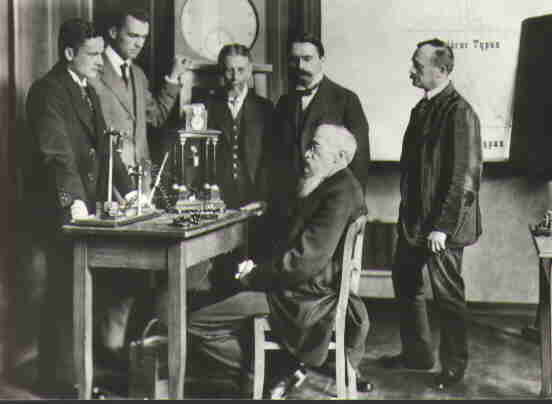We humans try to find out “Scientific Proofs” of every other thing we see. We just want to know why and how something works? We wanted to know how the brain functions? What is its structure? And many other things. So did ‘The Father of Psychology’ that is Wilhelm Wundt.

Wilhelm Wundt
Who was Wilhelm Wundt?
Wilhelm Wundt was a Physiologist and a professor from Germany. Wilhelm Wundt was the first to considered Psychology as a Science just like Physics, Biology and others. To study this science Wilhelm founded the first laboratory to study Psychology in the University of Leipzig in the year 1879. But what did Wilhelm do in this laboratory?
What is Structuralism?
He wanted to understand how the brain works? He also wanted to understand different elements of our brains which could be responsible for different thoughts. He tried discovering different elements of our brain and how they are inter-related. Basically the structure of the brain. Hence, Wilhelm’s theory is known as ‘Structuralism’
But how was this possible? Was is possible to study the structure of Brian inside this laboratory? Well, Wilhelm had a method for this, known as Introspection.

Introspection
Method of Introspection
In this experiment which he called as Introspection, Wilhelm had trained participant who would tell him different feeling when they were subjected to some external stimulus. Like what they felt after watching an Image, or touching a cloth, or maybe listening to a particular kind of music.
Why was Structuralism rejected?
Many rejected this experiment as it was very subjective. Different individuals come from different background. They have different experiences in the past which effects their responses. Like if the only white colored liquid I drank in my life was milk. I would expect the same taste, texture, temperature from every other white colored liquid.
Wilhelm’s student – Edward Titchener
Wilhelm’s student Edward Titchener helped to further spread the theory of structuralism to America. But as I earlier said that the theory was too subjective to be scientifically accepted.




